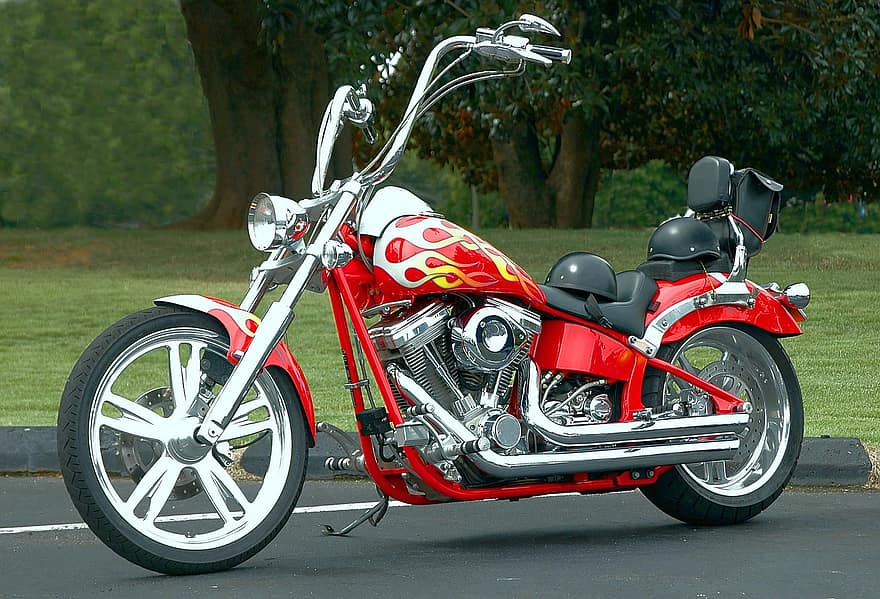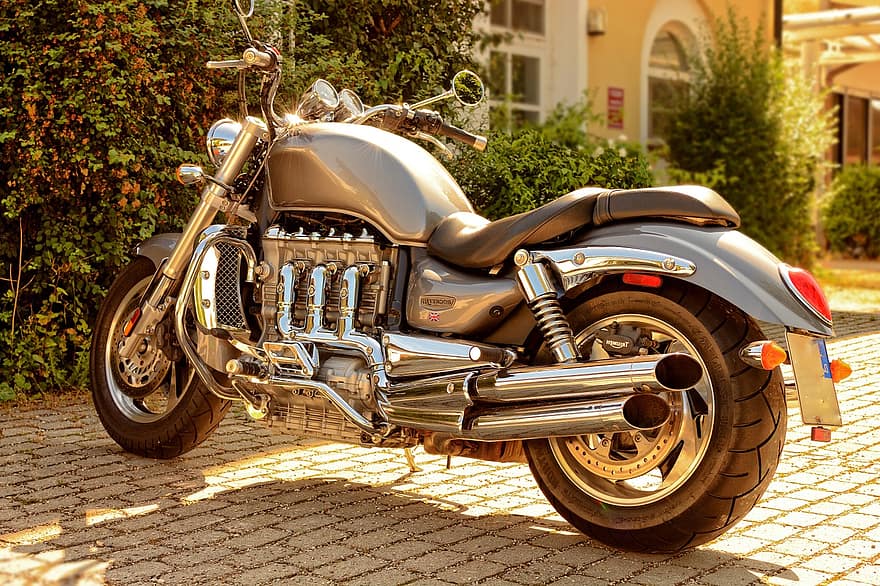Summary
– Zoom on the choice of oil
– Step 1: Install correctly
– Step 2: Unscrew the cap
– Step 3: Dispose of used oil
– Step 4: Clean the cap
– Step 5: Screw the cap back on
– Step 6: Remove the used filter
– Step 7: Install the new filter
– Step 8: Fill the oil tank
– Step 9: Start the engine
– Step 10: Recycle your oil
Oil is used as a lubricant to promote friction between the various parts of an engine. With use, it deteriorates and takes on small metal parts due to wear. Changing the oil is an essential part of maintaining engine longevity.
There are two ways to determine if your oil needs to be replaced:
– Either you follow the manufacturer’s recommendations: often every 6,000 or 10,000 kilometers, or with a time variable such as every year, for example;
– or you can decide that, depending on your use (city, circuit, or trip), you should change your oil at your own pace, every 5,000 kilometers or every 6 months, for example.
Here’s how to change the oil in your motorcycle.
Focus on the choice of oil
There are several options available to you when changing your oil:
1. Either you opt for the brand recommended by the manufacturer and sold through its dealer network (it has no more virtue than the others, but is simply the result of a partnership agreement between the two companies).
2. Either you buy your oil from any dealer, mass retailer, or on the Internet via merchant websites.
In all cases, always prefer oil that meets the manufacturer’s recommendations for SAE viscosity. It is established by the Society of Automotive Engineers and determines the oil’s resistance to flow versus temperature.
– The first digit specifies the cold viscosity (0 is usable at – 30 °C).
– The W stands for “Winter.”
– The second digit gives the hot viscosity.
Note: It should be pointed out, however, that these two figures are not defined with the same scale when measuring.
Finally, although it is possible to use any oil, each engine is developed according to specific criteria. It is therefore essential to respect these criteria.
1. Install correctly
– Make sure you have the right gasket, oil, and tools.
– Set up in a flat, well-lit area. Ideally, it should also be covered so that it does not end up in the rain.
– If you have a center stand, position your motorcycle on it, otherwise opt for candles, or install your bike along a wall, placing a wedge in front of the front wheel.
– Locate the drain plug.
– Place the drain pan or basin under the motorcycle.
2. Unscrew the plug
– Using the socket wrench at the correct pitch, unscrew the drain plug.
– In any case, never force more than is necessary.
Caution: In some cases, the drain plug is mounted with an inverted pitch.
Dispose of the used oil.
– Once the cap is unscrewed, the oil flows more or less slowly.
– If your engine is hot, the oil will flow more quickly.
– You may want to tilt the motorcycle to drain the last few drops.
4. Cleaning the cap

– Remove the old cap gasket.
– Clean the plug with a cloth and its threads with a cloth and wire brush.
– Position the new gasket.
5. Screwing the plug back on
– First, screw the cap back on by hand. It would help if you did not encounter any resistance. If it is the case, it means that you can put the cap at an angle. Reposition it and start screwing again.
– Using the wrench, tighten the cap. At the first resistance, turn the cap for a maximum of half a turn more.
6. Remove the used filter
– Unscrew the old filter using the specific wrench.
– If you don’t have a particular key, you can sometimes do it by hand. You can also drill through the filter with a screwdriver and use the handle to loosen it.
7. Mount the new filter
– Clean the enclosed plan with the cloth.
– Oil the gasket of the new filter if it is not pre-oiled.
– Position the new filter and tighten it by hand.
– Finish with the wrench without forcing. If you do not have a specific wrench, choose a large multi-socket plier, protecting the filter as much as possible with the cloth.
8. Fill the oil tank
– Using the funnel, pour the new oil into the reservoir. The capacity to be filled is often indicated near the filler cap. If this is not the case, refer to the motorcycle service manual.
– You can use a graduated container or use the graduations on the oil container.
– If you use too much oil, use a syringe to draw off the excess.
– Replace the cap.
9. Starting the engine
– Turn on the ignition and start your motorcycle by letting it idle for a few minutes.
– If your bike has an oil warning light on the dashboard, wait until it goes out.
– Let it rest for a few moments.
– Check the level with the dipstick and add oil if necessary.
– Check the gasket and filter for leaks.
10. Recycle your oil
– Put the used oil in a container and take it to the waste disposal site or possibly to the place where you bought your oil (except for supermarkets).
– Do not store your oil in your cellar, and do not throw it down the drain.
Equipment needed to change the oil in a motorcycle
|
Basin |
$1 |
|
Oil-can |
from $10 |
|
Wire Brush |
starting at $1 |
|
Recovery Cloth |
Rag |
|
Filter wrench |
Starting at $4.50 |
|
Climber |
Starting at $4 |
|
Funnel |
Starting at $1 |
|
Oil filter |
Starting at $3 |
|
Set of pipe wrenches |
Starting at about $20 |
|
Drain plug gasket |
Starting at $1 |


1 comment
[…] How to Drain Your Motorcycle […]